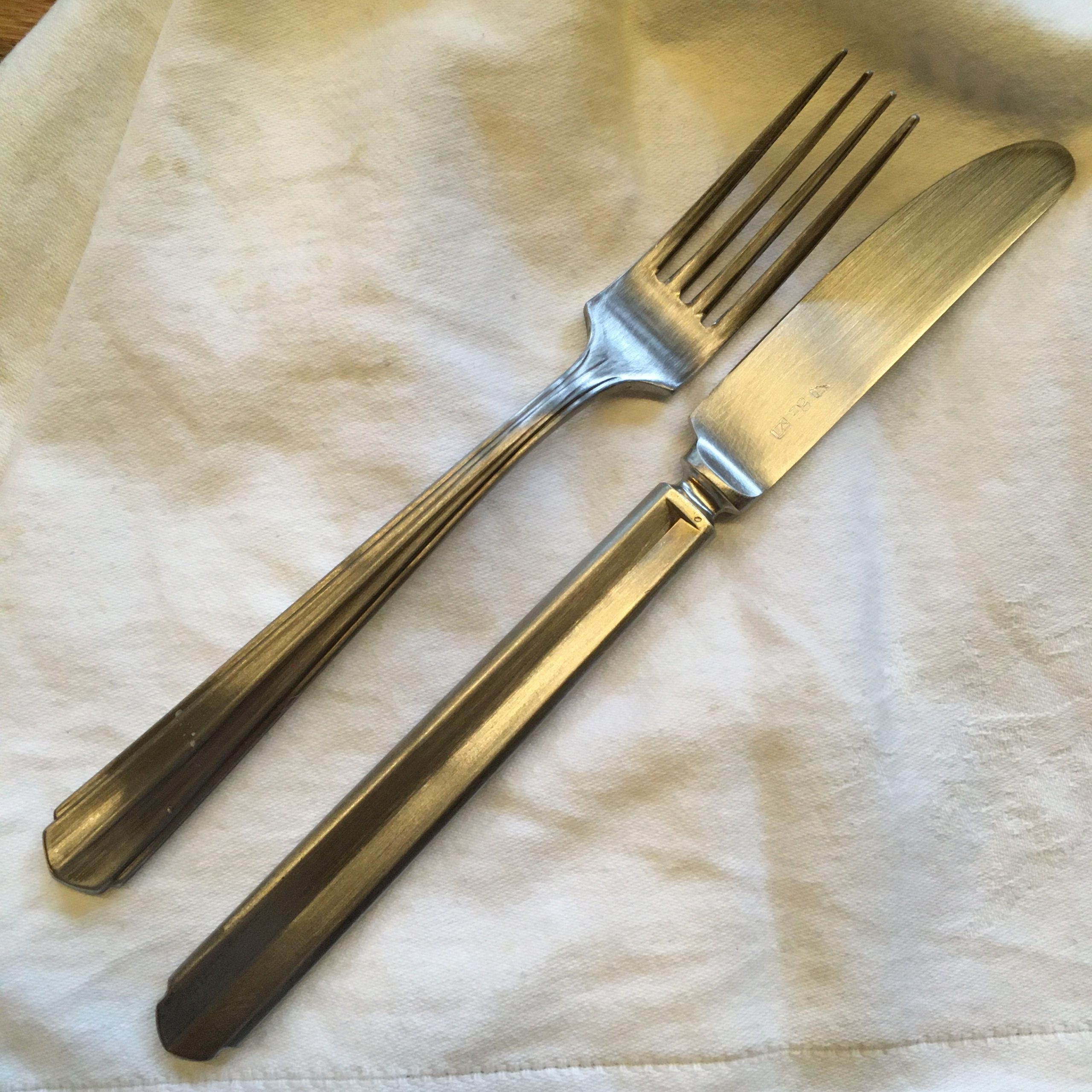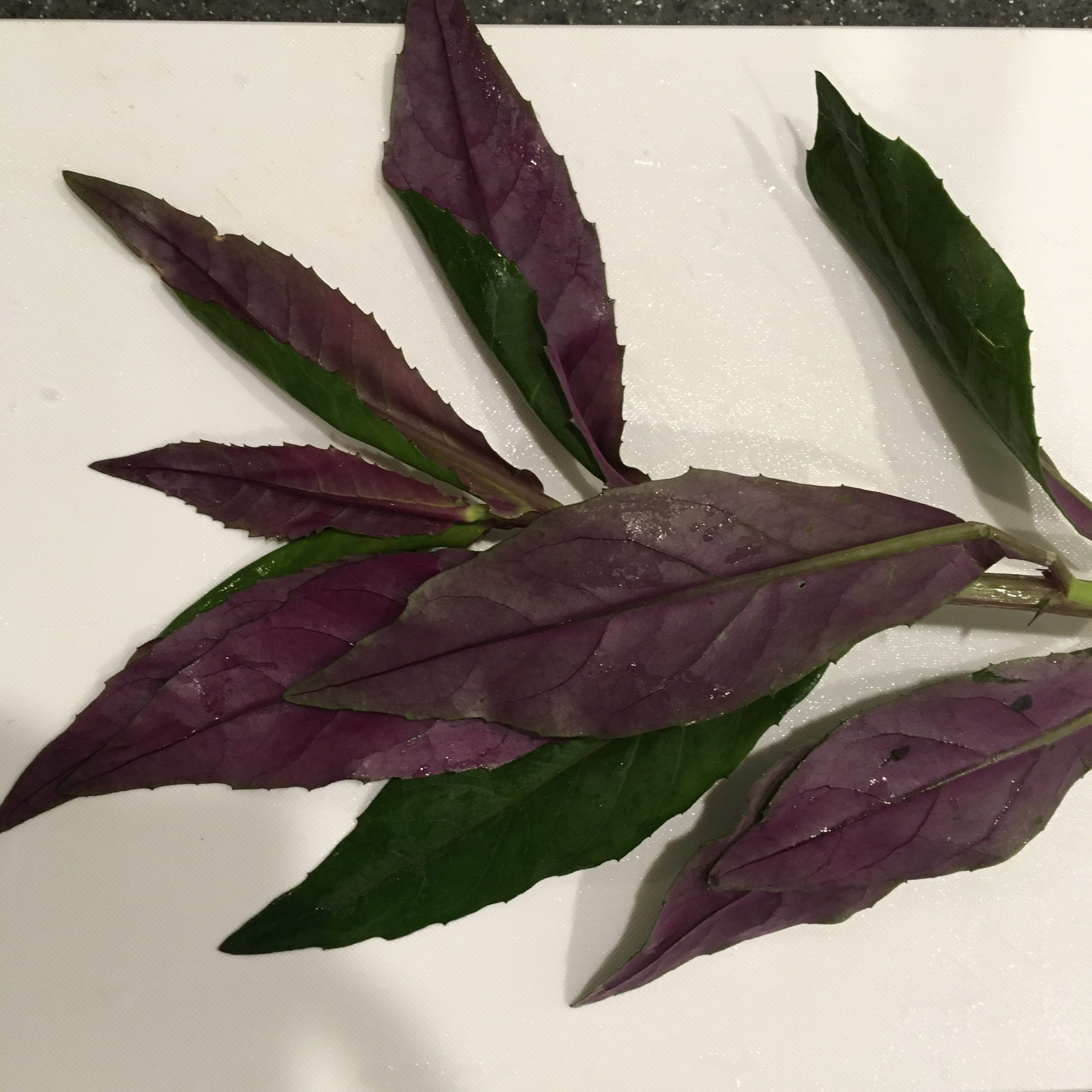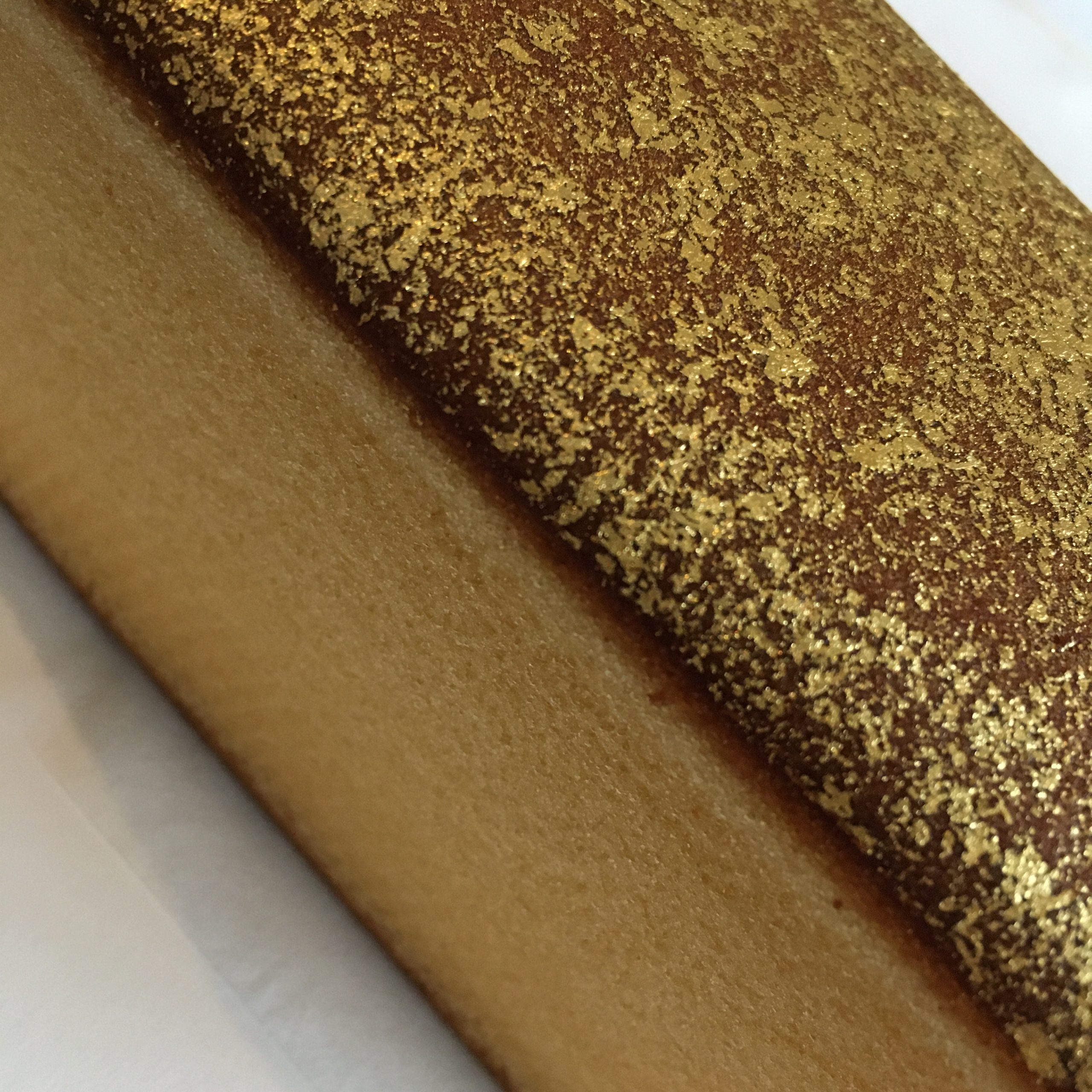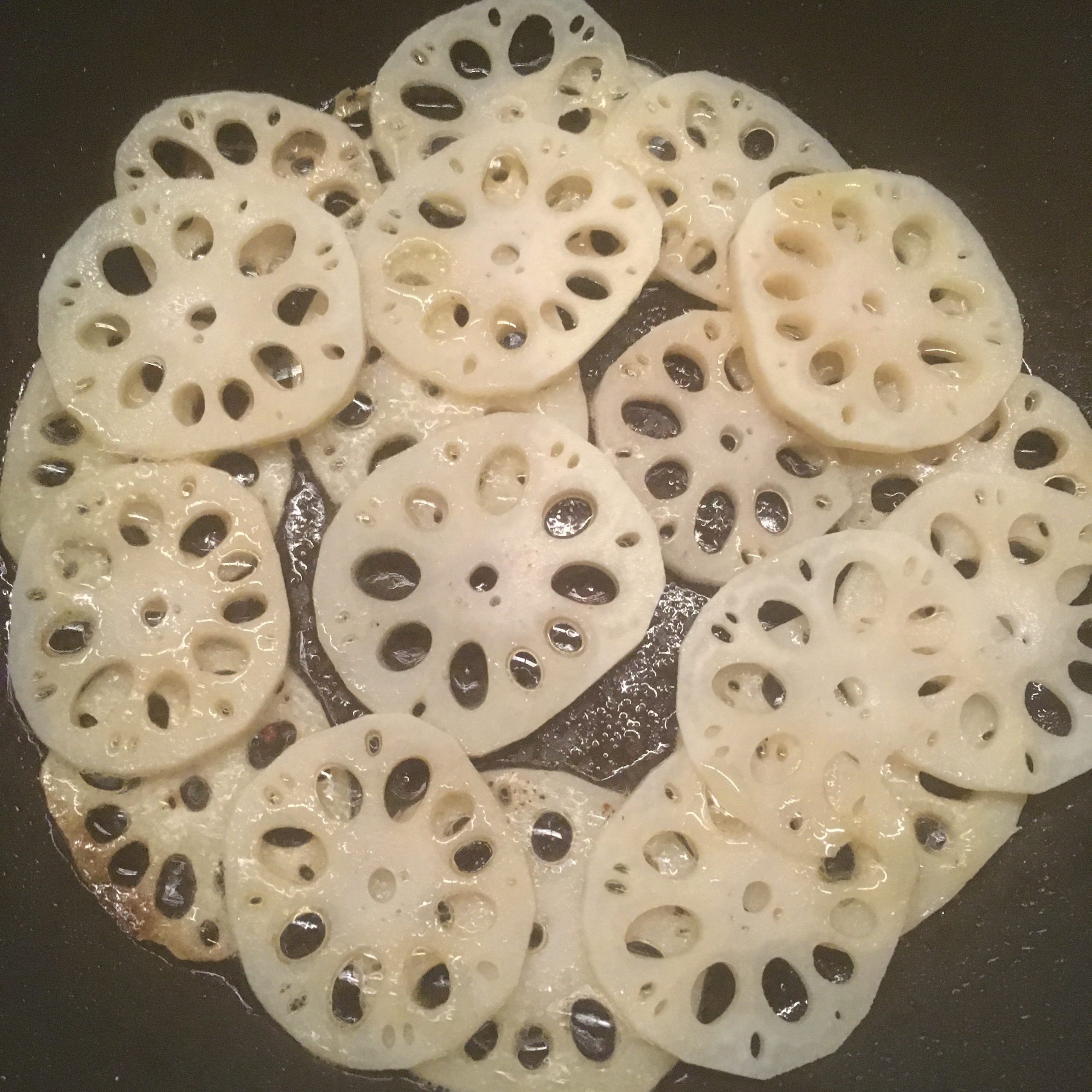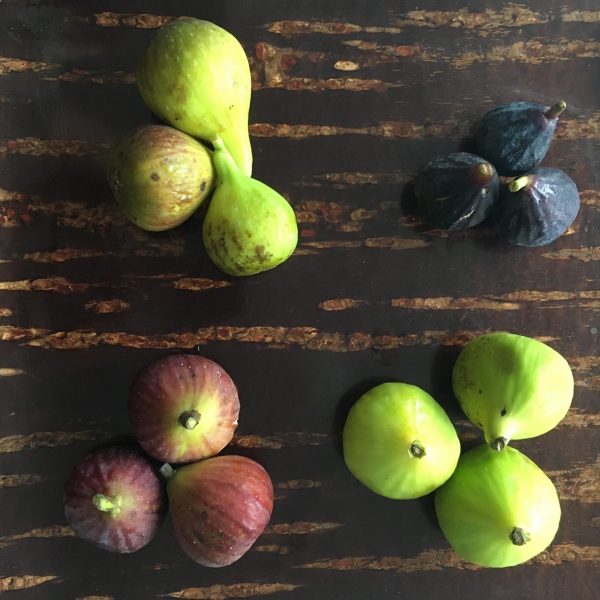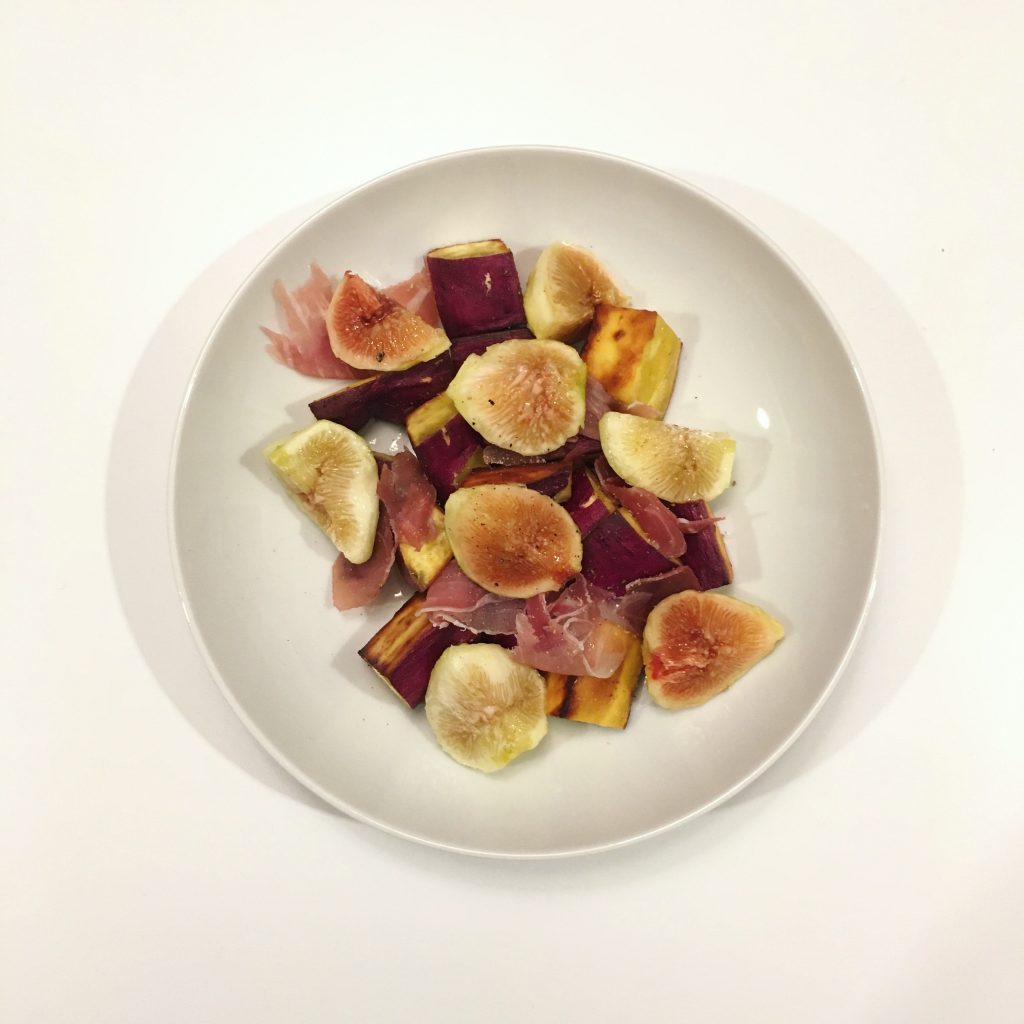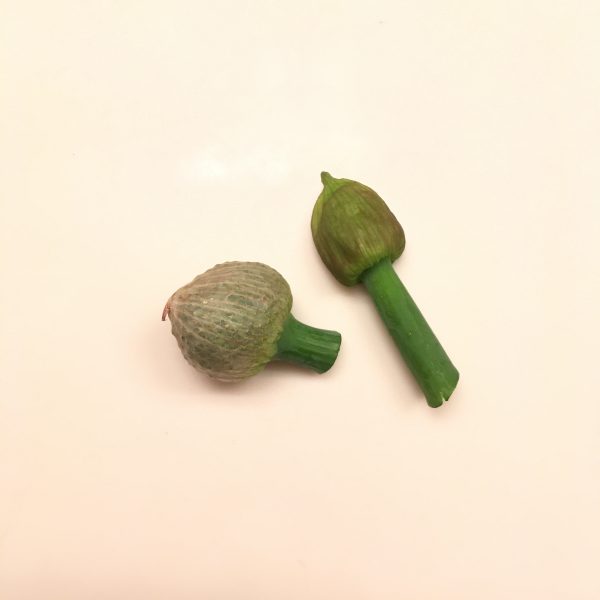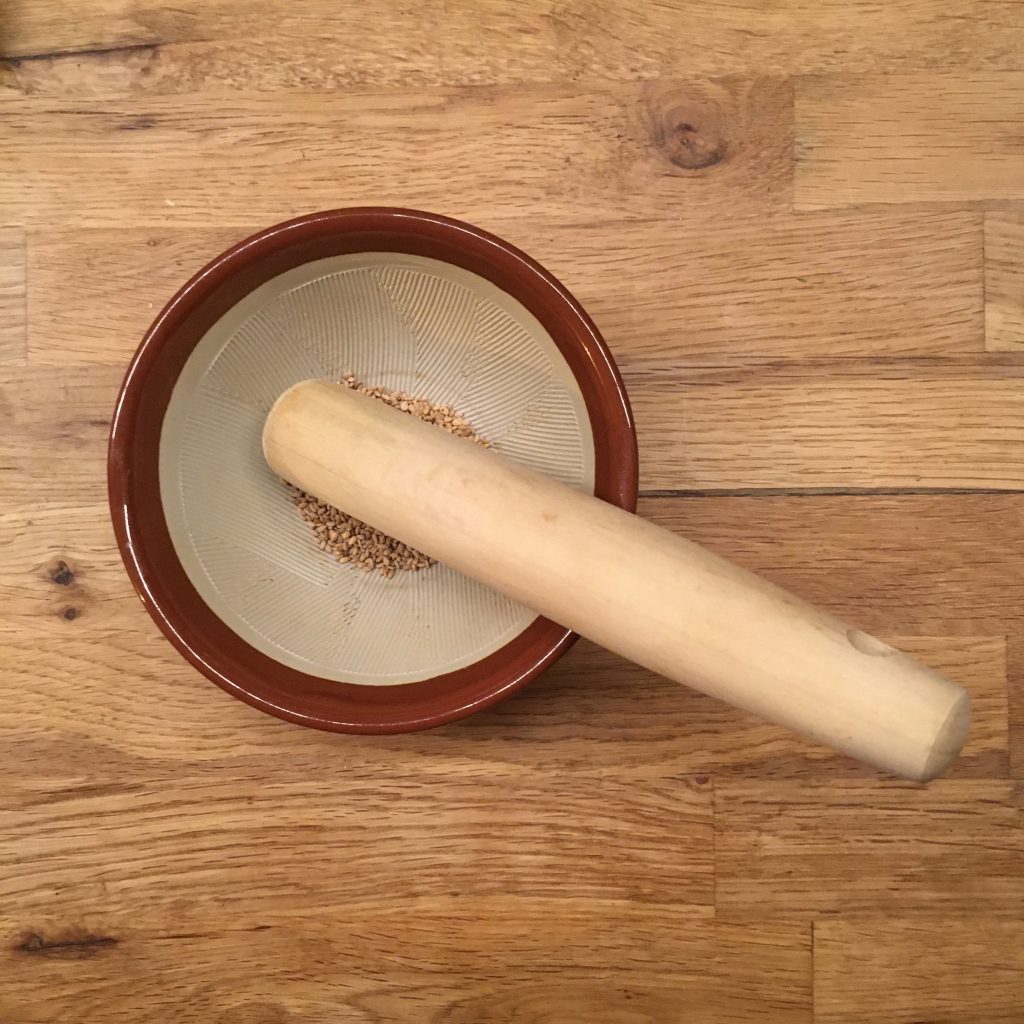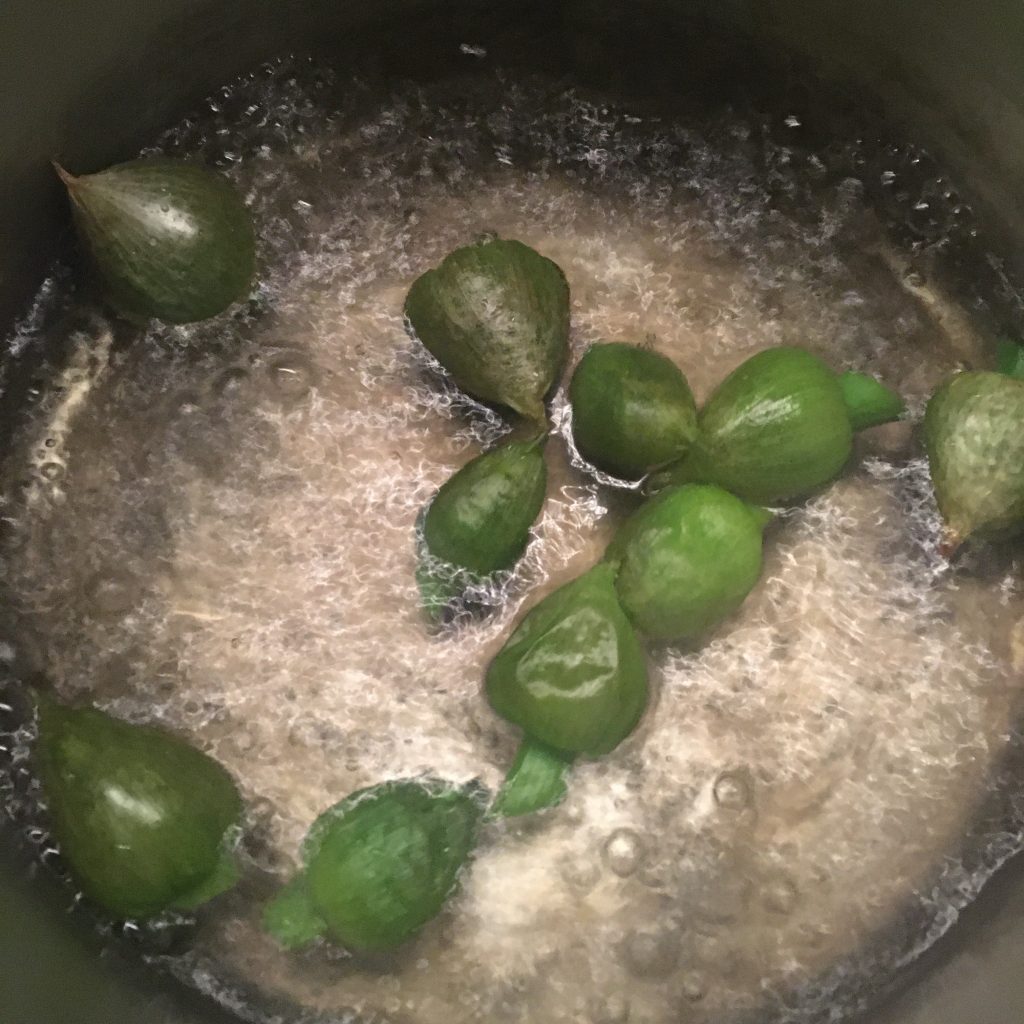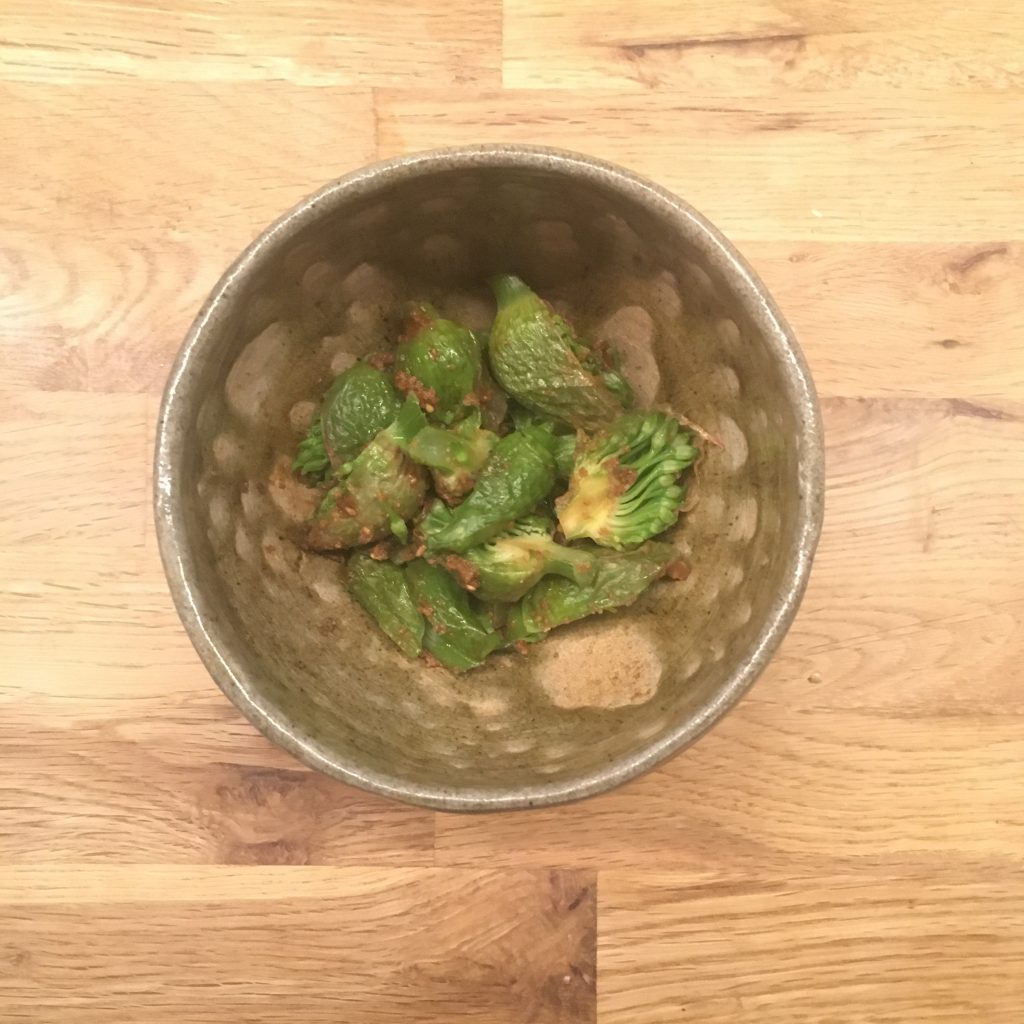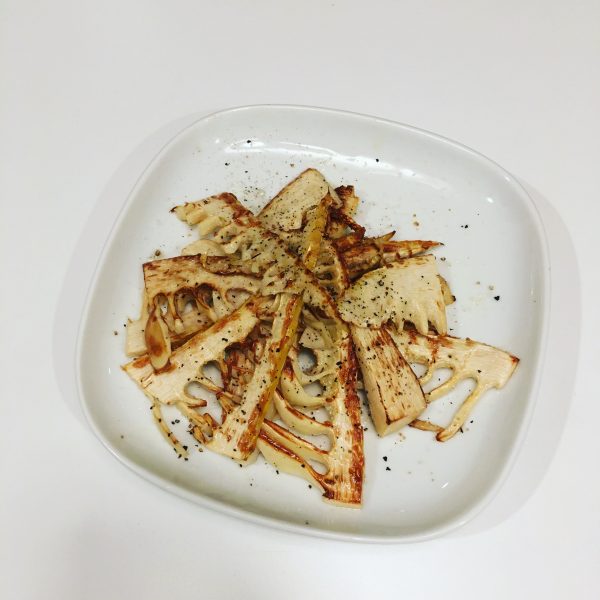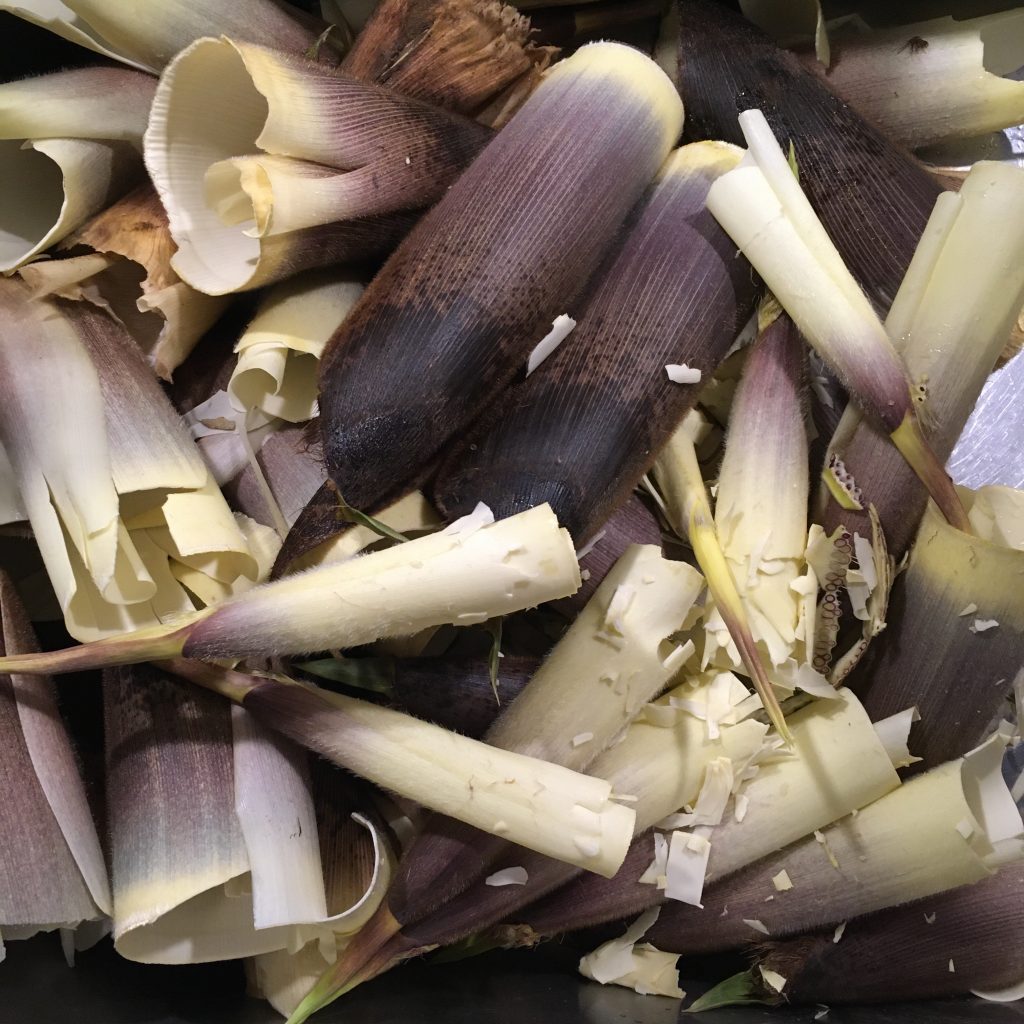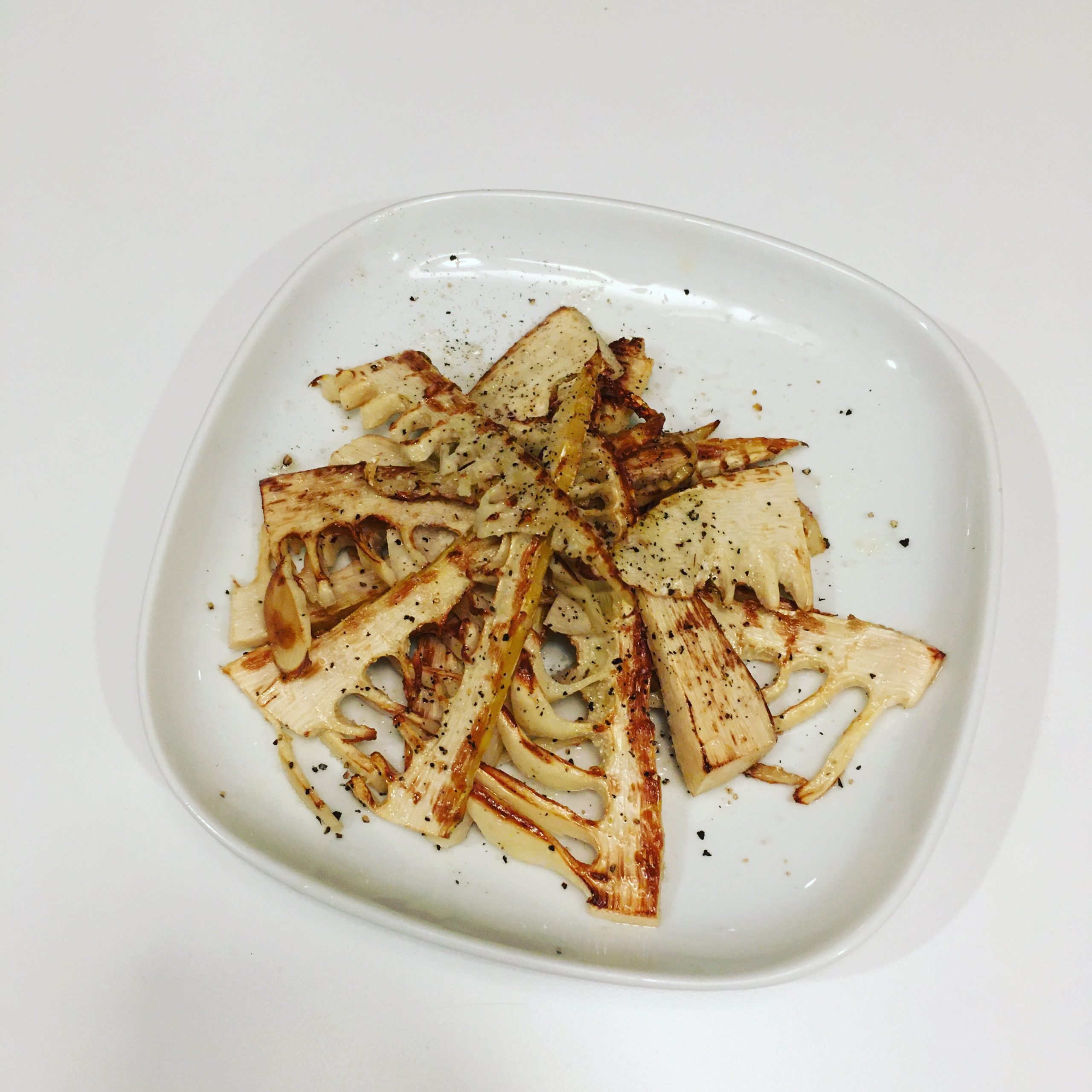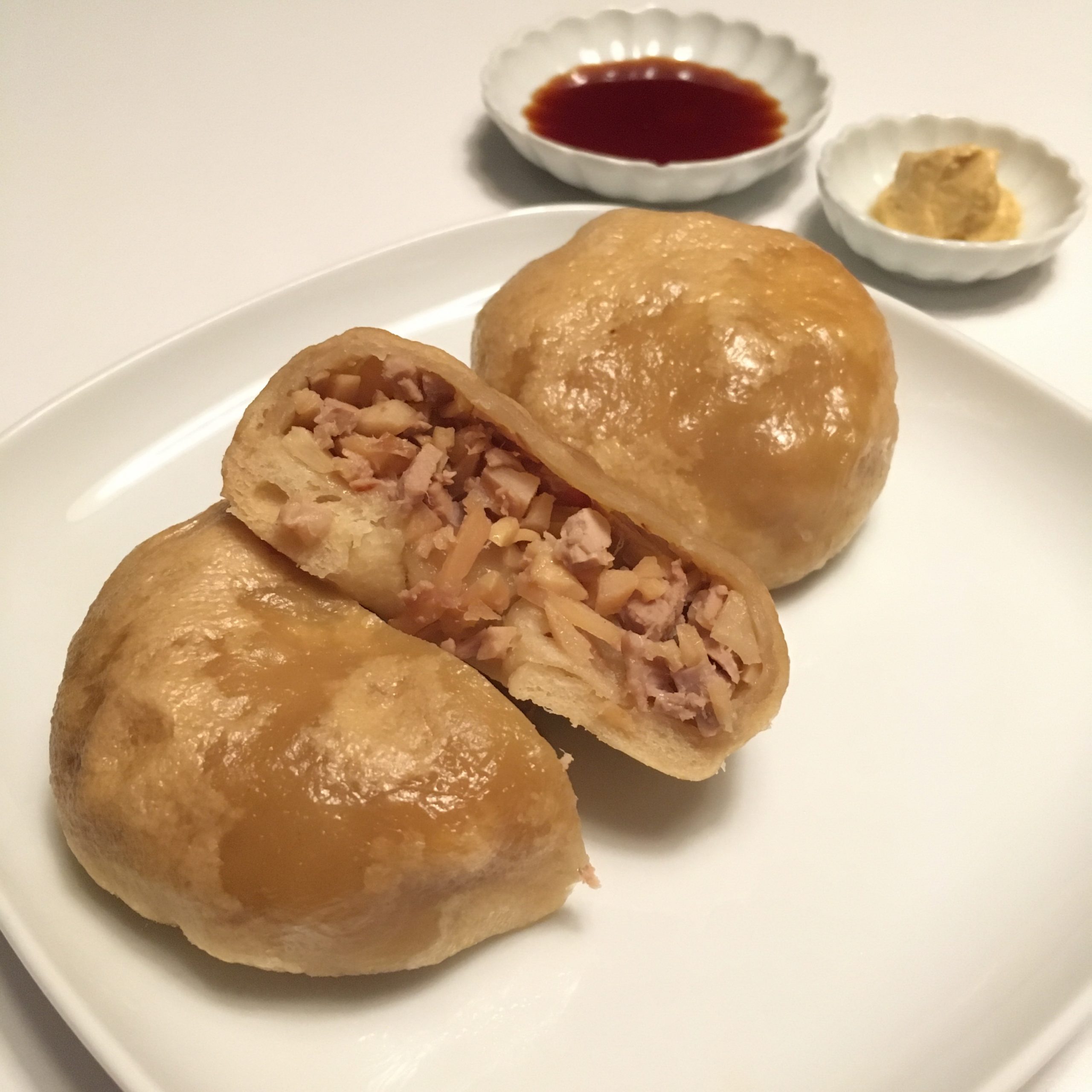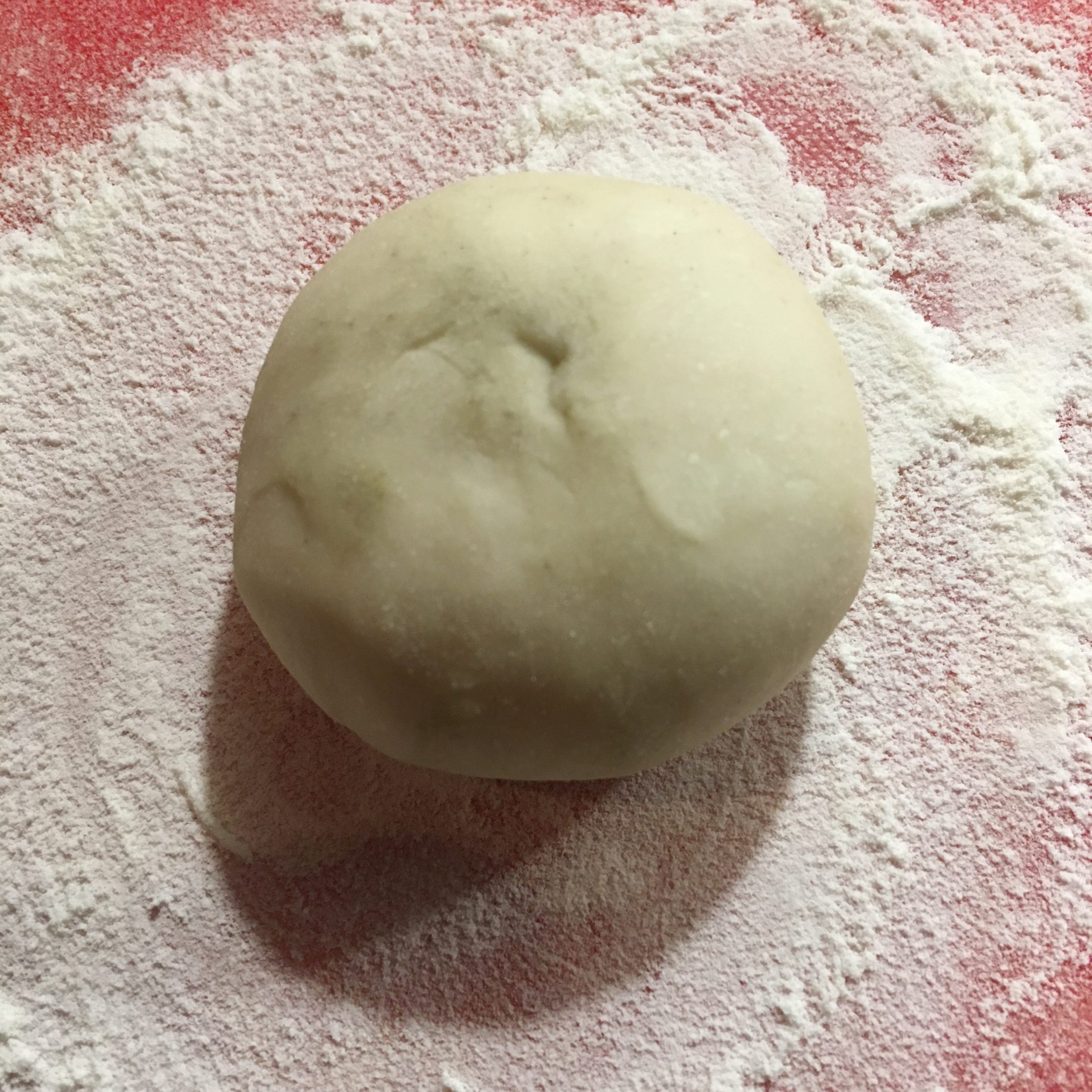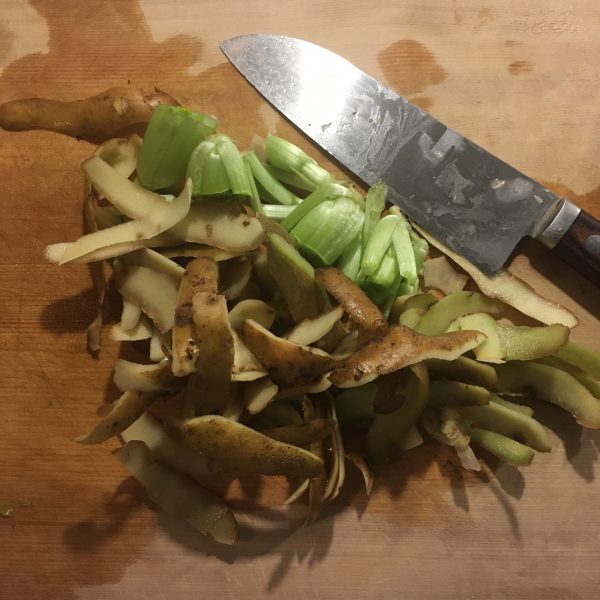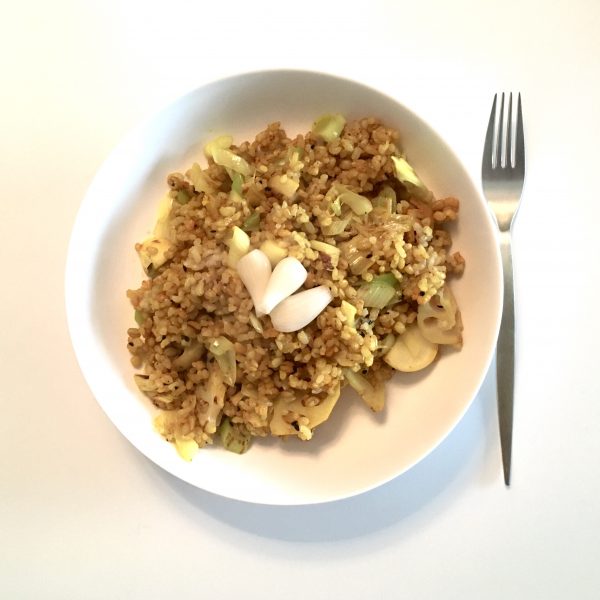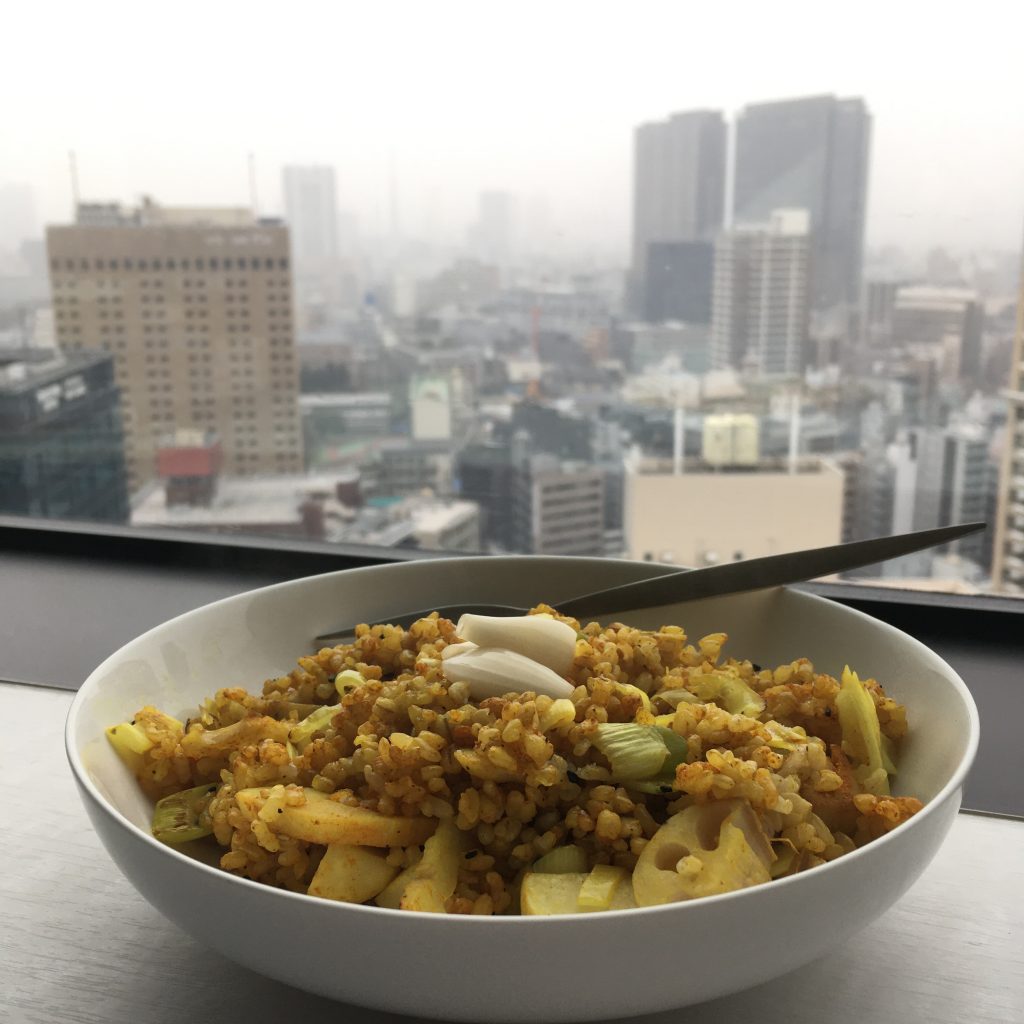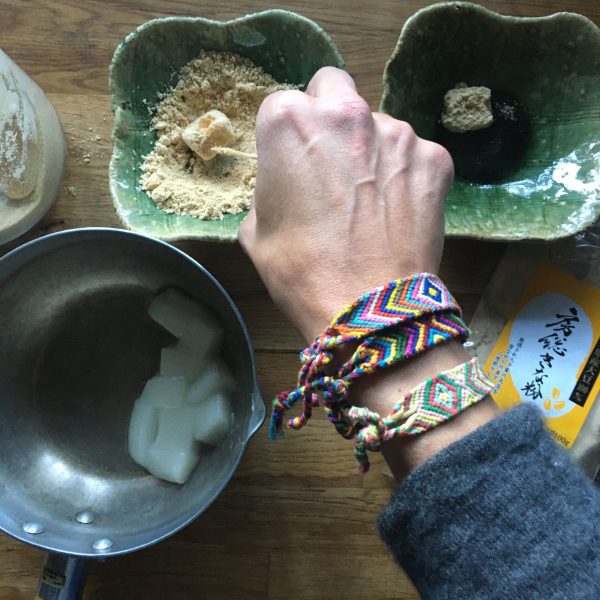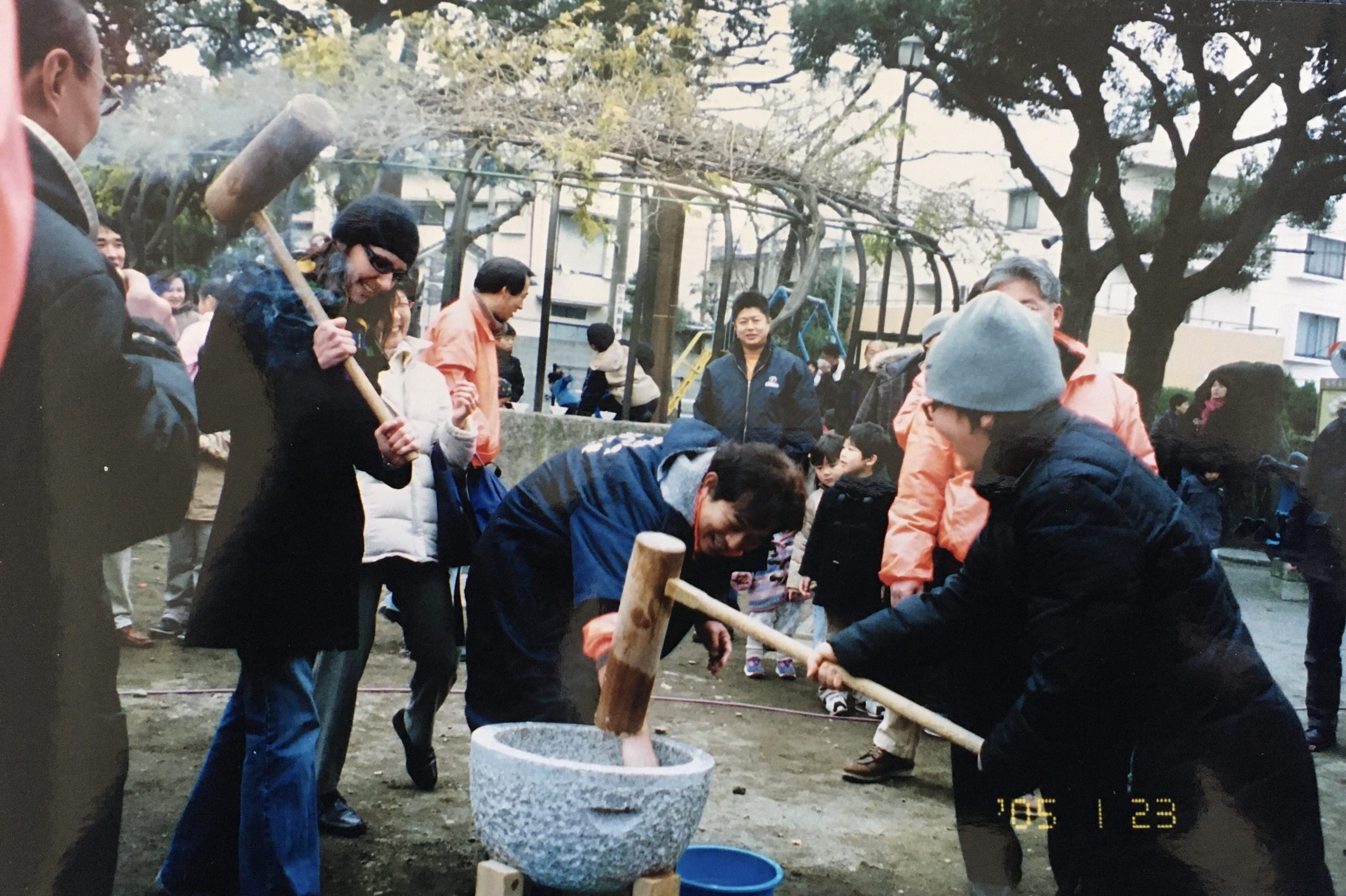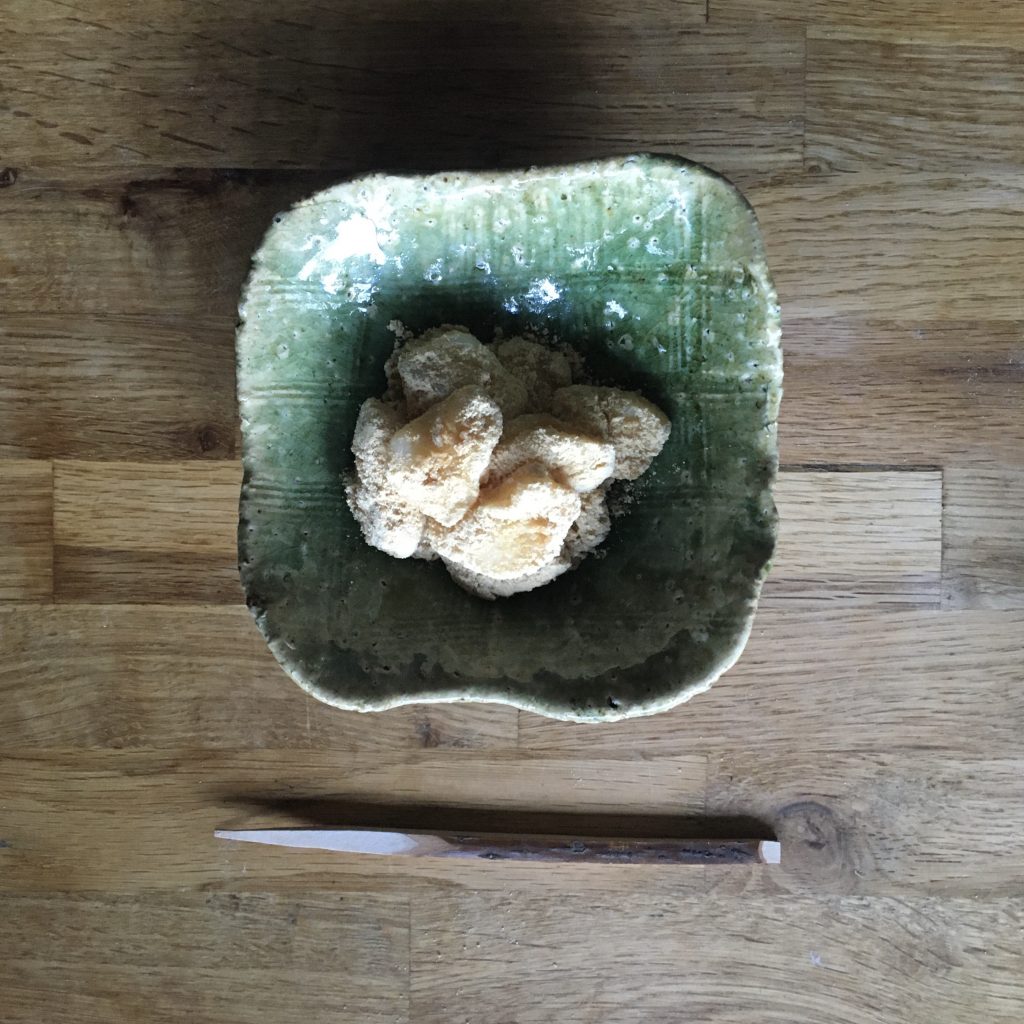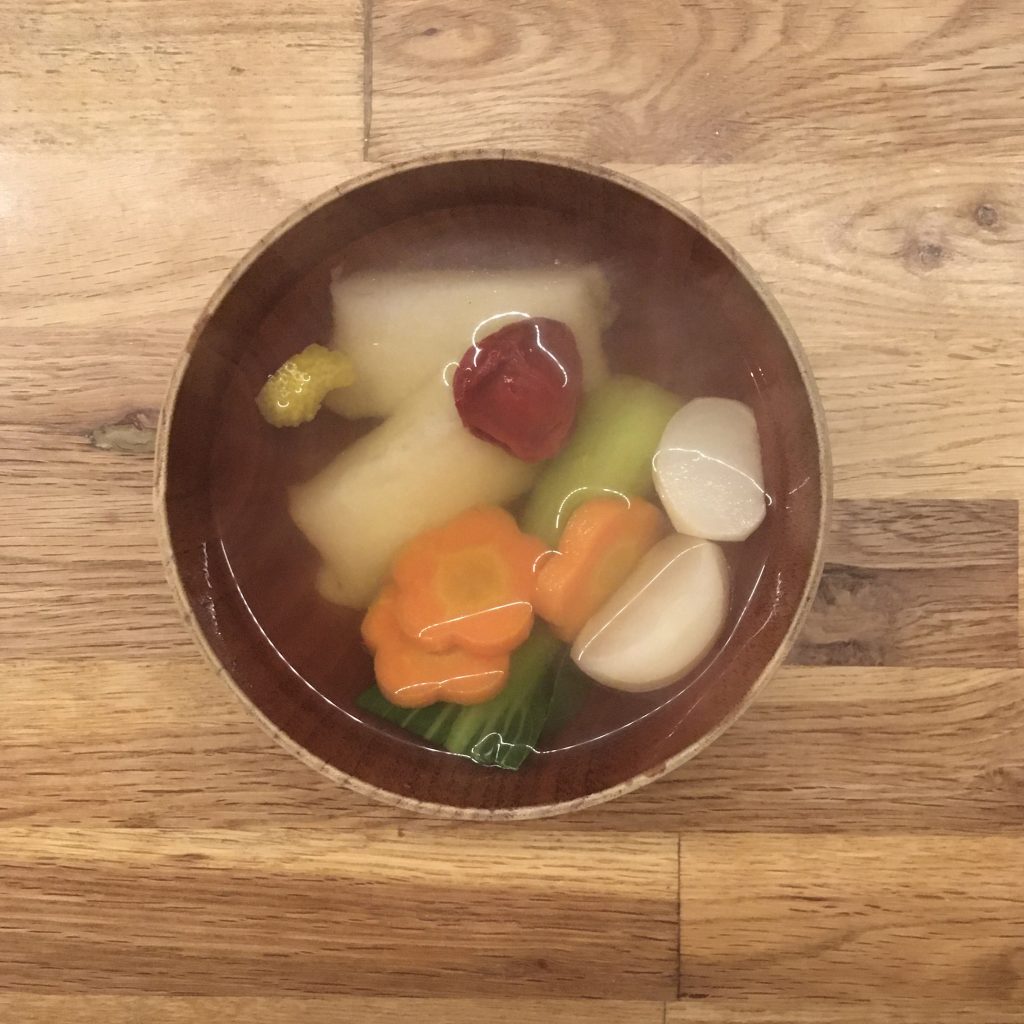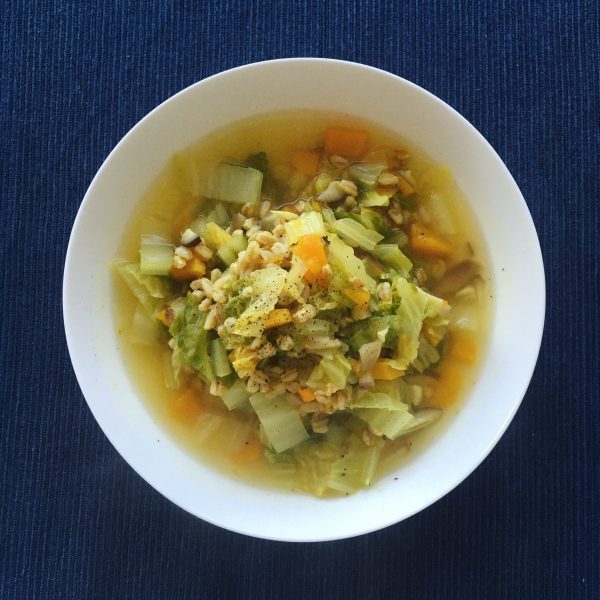After the heat of the summer and before the crowds of international tourists flock the country again we decided to go for a short trip to Kanazawa. Our last visit was more than 10 years ago, before the Hokuriku shinkansen opened… we drove there and stopped to visit friends and Shirakawa-go at the time and stayed 3-4 days in Kanazawa. But I had a rather fresh memory of the city, the many places we visited already, the atmosphere of a rather rich and refined city. So this time we decided for a rather different program:
1. We rented a house not far from the main market to be able to enjoy all the local and fresh food Kanazawa and Noto offer.
2. We moved by bicycle around the city to expand the explorable territories and just enjoy riding in new surroundings, see further than the stuck in time places, where people actively live and work.
3. We put more focus on the contemporary scene visiting craft galleries and the beautiful 21st century museum for the Yves Klein exhibition chiefly (we skipped the permanent exhibits), since we already visited all the historical sights during our previous visit. And visited also the National craft gallery that moved from Tokyo to Kanazawa a few years ago.
At gallery Kiku & Sayuu we incidentally found the same metal craftwork artists Yuichi Takemata, that we loved the first time we visited and where we had bought order-made spoons. This time we came back with sets of forks and knives. Also discovered Rei Camoy’s work, a great surprise and a new fancy.
Additionally we toured bakeries and cafes, and found the most exquisite bagels to-go and cookies for our breakfast at Hug mitten Works, up north of the city, a fairly uninteresting ride to a typical suburban area, but damn… the bagels were so good that it is my target ideal bagel next time I bake some.
The market was a great fun, local green grocers too, with local products, fresh fish and vegetables. The region is famous for certain greens, such that gynura bicolor – 金時草 – kinjiso, lotus roots – 蓮根 – rencon, and propagule – ムカゴ – mukago (recipe coming soon). And of course, a few local Japanese sweets… we couldn’t resist to have gold leaf covered castella in the city famous for its gold leaf fabrication.




